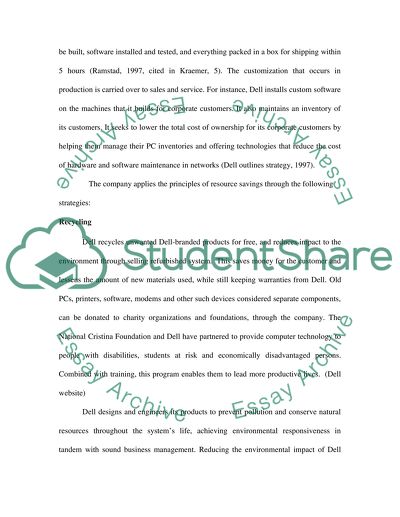Cite this document
(“Environmental Management Review of Dell Case Study”, n.d.)
Retrieved from https://studentshare.org/environmental-studies/1530066-environmental-management-review-of-dell
Retrieved from https://studentshare.org/environmental-studies/1530066-environmental-management-review-of-dell
(Environmental Management Review of Dell Case Study)
https://studentshare.org/environmental-studies/1530066-environmental-management-review-of-dell.
https://studentshare.org/environmental-studies/1530066-environmental-management-review-of-dell.
“Environmental Management Review of Dell Case Study”, n.d. https://studentshare.org/environmental-studies/1530066-environmental-management-review-of-dell.


